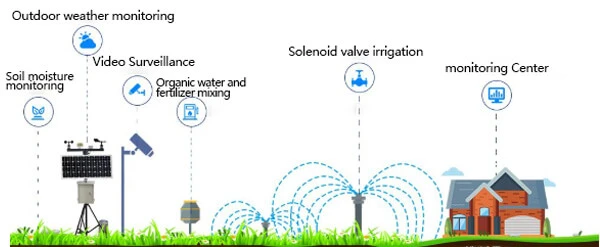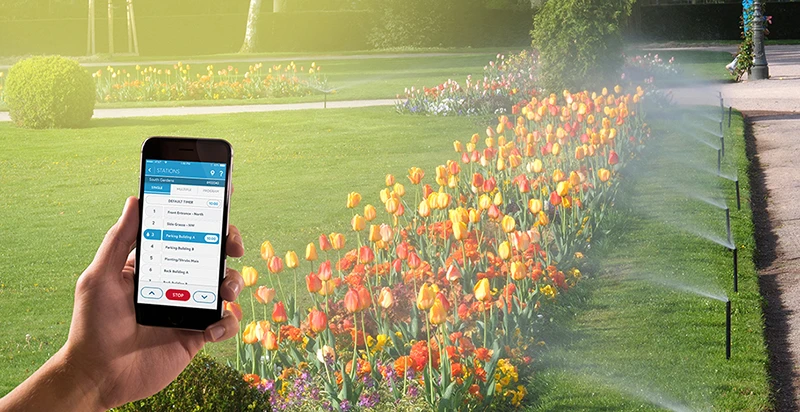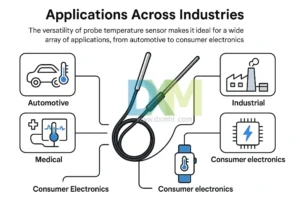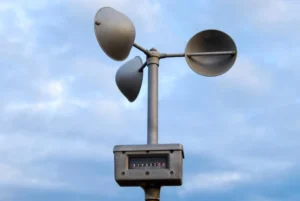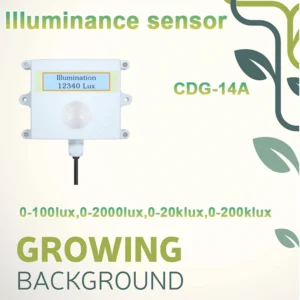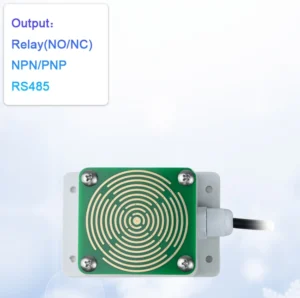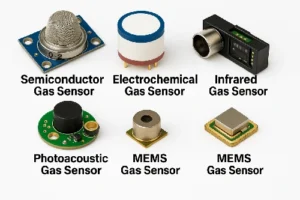Automatic watering system moisture sensor
The Automatic Watering System with a Moisture Sensor helps take care of plants. It waters the plants on its own. It does this by checking how wet the soil is.
The device has smart sensors. They give plants the right amount of water. This helps them grow strong and saves water.
This system removes the need for manual checks and guesswork. It offers a simple way to keep soil moisture just right in gardens, lawns, or farms.
Key functionality of the system includes:
1. **Soil Moisture Sensor Installation**:
A sensor is placed in the soil close to the plant roots. It can use different technologies to measure soil water tension accurately. These include resistance sensors, capacitance sensors, and tension meters.
2. **Moisture Threshold Settings**:
Users can set moisture levels based on what their plants need. When the soil moisture goes below the set level, the system starts to water.
3. **Customizable Scheduling**:
The system can be set to water at certain times. It can also change based on the weather. For example, it can use more water on hot, dry days and less on cool, humid days.
4. **Watering Mechanism Activation**:
When the soil moisture goes below a certain level, the system turns on the watering devices. This includes sprinklers, drip systems, or simple watering cans.
5. **Moisture Regulation**:
Watering goes on until the soil feels moist enough. This helps stop issues caused by too much water.
6. **Continuous Monitoring and Adjustment**:
The system checks soil moisture levels in real time. This helps it change to stop wasting water. Advanced systems often use controllers and algorithms. They improve watering schedules based on the needs of the plants.
7. **Programmable Options**:
Some models have better programming features. They can sync with extra sensors or weather data. This gives you a more customized watering experience.
Benefits of adopting this technology include:
– **Water Efficiency**:
It helps stop both overwatering and underwatering. This way, it saves water effectively.
– **Convenience**:
Great for people with busy schedules or those who can’t water plants often.
– **Consistency**:
Promotes uniform watering for healthier plant growth.
– **Cost Savings**:
It helps reduce water bills and removes costs for manual watering.
– **Eco-Friendly Approach**:
“Encourages smart water use and helps keep the environment safe.”
Automatic watering systems come in many types. They range from simple manual setups to advanced models. Some of these advanced models can be controlled from a distance.
You can use smartphones or computers to do this. Choosing depends on your needs. This includes the size of your garden, landscaping requirements, and budget limits.
